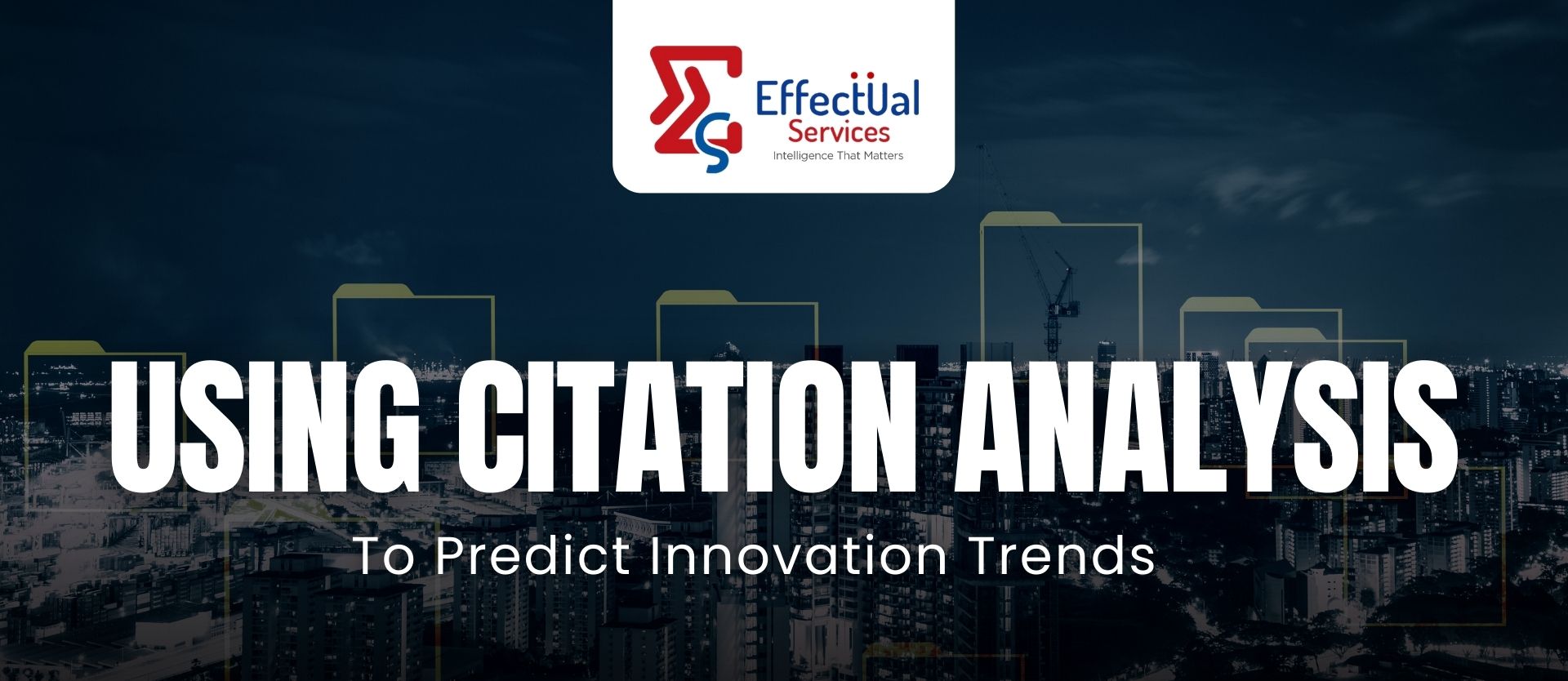Using Citation Analysis to Predict Innovation Trends

Staying ahead in IP and innovation requires foresight. Citation analysis examining references in patents and academic papers offers a powerful way to spot emerging trends. By tracking how technologies are cited, businesses and researchers can identify shifts, forecast innovation paths, and gain a competitive edge. This article explores how citation analysis aids in predicting technological trends and its vital role in R&D.
Understanding Citation Analysis
- Citation analysis examines references in patents, academic publications, and scientific literature.
- In patents, citations include prior patents, non-patent literature (NPL), and scientific articles.
- These references support the novelty and inventive step of a technology.
- Analyzing citations helps track technological development and identify emerging innovations.
- It reveals patterns in innovation, enabling forecasts of growth areas and strategic directions across industries.
The Importance of Citation Analysis for Predicting Innovation Trends
1. Identifying Emerging Technologies
- Citation frequency reveals which technologies are gaining momentum.
- High citations in fields like AI or quantum computing signal rapid evolution.
- Trends in biotech, 3D printing, and clean energy hint at upcoming innovation waves.
2. Mapping Technology Development Pathways
- Backward citations show foundational technologies and past innovation trails.
- Forward citations highlight influential patents shaping future developments.
3. Detecting Technological Convergence
- Cross-field citations reveal innovation at the intersection of disciplines.
- Example: Robotics citing ML and sensors suggests interdisciplinary growth.
- Tracks convergence trends like IoT + automotive → autonomous vehicles.
4. Evaluating Technological Impact
- Highly cited patents are often foundational and predict future tech directions.
- Citation networks reveal central innovations influencing broader ecosystems.
5. Monitoring Competitor & Industry Trends
- Citation patterns expose competitors’ R&D focus and innovation strategies.
- Patent landscape reports help visualize emerging tech clusters and shifts.
6. Predicting Market Demand & Investment
- Rising citations = growing market interest and tech maturity.
- Investors can track trends to identify high-potential investment areas.
Way Forward
Citation analysis reveals innovation trends by tracking references in patents and research. It identifies breakthroughs, maps technology evolution, highlights key inventions, and monitors competitors helping organizations make strategic, data-driven decisions in a rapidly evolving landscape.
Solutions Driving Innovation & Intelligence
Enabling Fortune 500's, R&D Giants, Law firms, Universities, Research institutes & SME's Around The Globe Gather Intelligence That
Protects and Nurtures Innovation Through a Team of 250+ Techno Legal Professionals.


